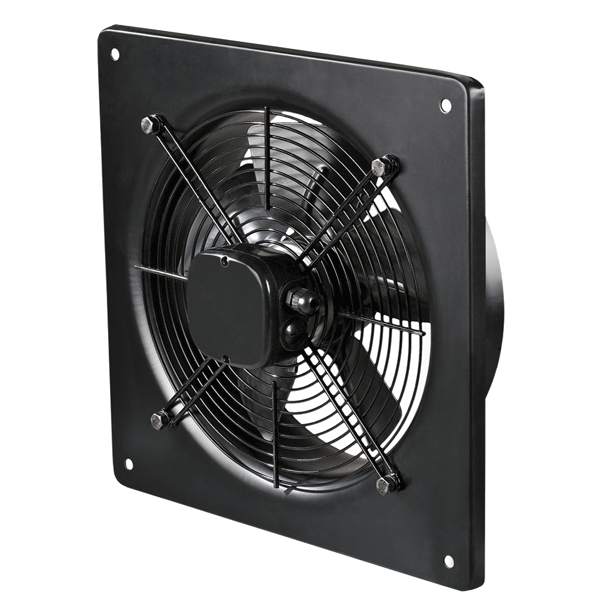Exhaust fans are essential appliances used in various settings, including homes, kitchens, and industrial spaces. Their primary function is to remove stale air, smoke, and moisture from an area, creating a fresher environment. In this article, we shall explore the fundamentals of exhaust fans, their types, and their benefits. Additionally, we will cover installation tips, maintenance, and the importance of proper ventilation. Ultimately, this guide aims to provide you with all the knowledge needed to understand and utilize exhaust fans effectively.
What is an Exhaust Fan?
An exhaust fan is specifically designed to expel indoor air outdoors. Unlike conventional fans, which circulate air, exhaust fans focus on removing unwanted air and odors. The design of exhaust fans allows them to create negative pressure within a room. This negative pressure causes stale air to be pulled out and fresh air from outside to enter. This process is vital for maintaining air quality, especially in humid environments.
How Do Exhaust Fans Work?
Exhaust fans consist of an electric motor, blades, and a housing unit. The motor powers the blades. When the blades spin, they generate airflow. This airflow creates a difference in pressure. Consequently, it draws in air from the room and pushes it outside. The effectiveness of an exhaust fan largely depends on its design and size. Choosing the right size fan is crucial for optimal performance.
Different Applications of Exhaust Fans
Exhaust fans are used in various applications. In residential settings, they are commonly found in bathrooms and kitchens. These areas produce excess moisture and odors that need to be vented outside. In commercial settings, such as restaurants and factories, exhaust fans help manage humidity and pollutants. Therefore, they play a critical role in maintaining air quality across numerous environments.
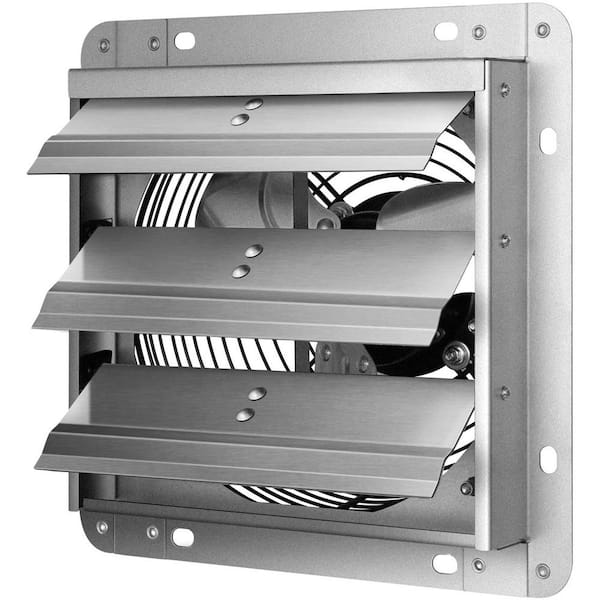
Types of Exhaust Fans
There are several types of exhaust fans available on the market. Each type serves a specific purpose. Understanding these differences can help you select the right fan for your needs. Generally, exhaust fans can be categorized into three main types: ceiling-mounted, wall-mounted, and inline fans.
Ceiling-Mounted Exhaust Fans
Ceiling-mounted exhaust fans are often used in bathrooms. They are installed directly into the ceiling, thereby saving wall space. One of the key advantages of ceiling-mounted fans is improved air circulation. Because they are usually centrally located, they effectively remove moisture and odors from the entire room. Furthermore, many models come with built-in lights, adding convenience.
Wall-Mounted Exhaust Fans
Wall-mounted exhaust fans are typically installed on exterior walls and are ideal for kitchens and garages. They effectively vent air outdoors, which is especially important in areas where cooking occurs. These fans are also designed to handle high moisture levels and can significantly reduce humidity. Many wall-mounted options are equipped with adjustable speeds, allowing users to customize the airflow based on the situation.
Inline Exhaust Fans
Inline exhaust fans are distinct because they are installed within ductwork. This design allows for greater flexibility in installation and can be quieter than standard fans. Inline fans can serve multiple rooms simultaneously by connecting to various ducts. Consequently, they are often used in larger homes or commercial applications. However, they may require more complex installation, necessitating professional assistance.
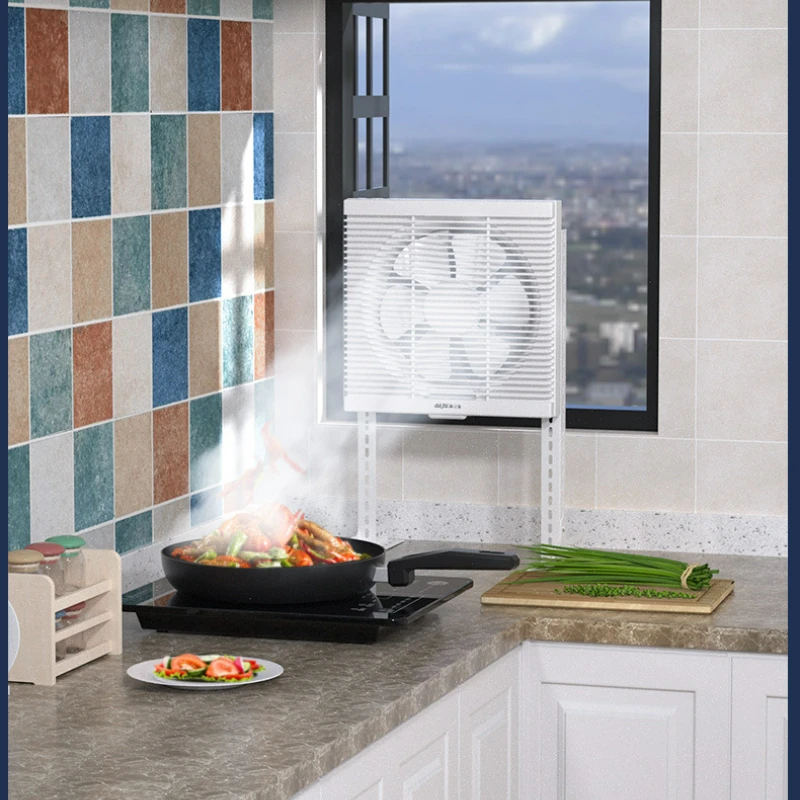
Benefits of Using Exhaust Fans
Exhaust fans provide a multitude of benefits that enhance indoor air quality and comfort. These benefits are crucial for both health and convenience. Below, we will explore some key advantages, including moisture control, odor elimination, and energy efficiency.
Moisture Control
One of the primary functions of exhaust fans is moisture control. High humidity levels can lead to problems like mold growth and structural damage. By removing excess moisture, exhaust fans reduce the risk of these issues. This is particularly important in bathrooms, where showers and baths generate steam. Therefore, using exhaust fans can help protect your home from serious damage over time.
Odor Elimination
In addition to controlling moisture, exhaust fans excel at eliminating unwanted odors. Cooking smells, pet odors, and other unpleasant scents can linger in the air. Exhaust fans effectively expel these odors, making your indoor environment more pleasant. For instance, installing an exhaust fan in the kitchen can keep the space smelling fresh even after preparing a strong-smelling dish.
Energy Efficiency
Exhaust fans can contribute to energy efficiency in your home. By removing stale air, they can facilitate the entry of fresh, cooler air. This process can reduce the burden on your heating and cooling systems. As fresh air enters, it can help regulate indoor temperatures. Consequently, you may notice decreased energy bills over time.
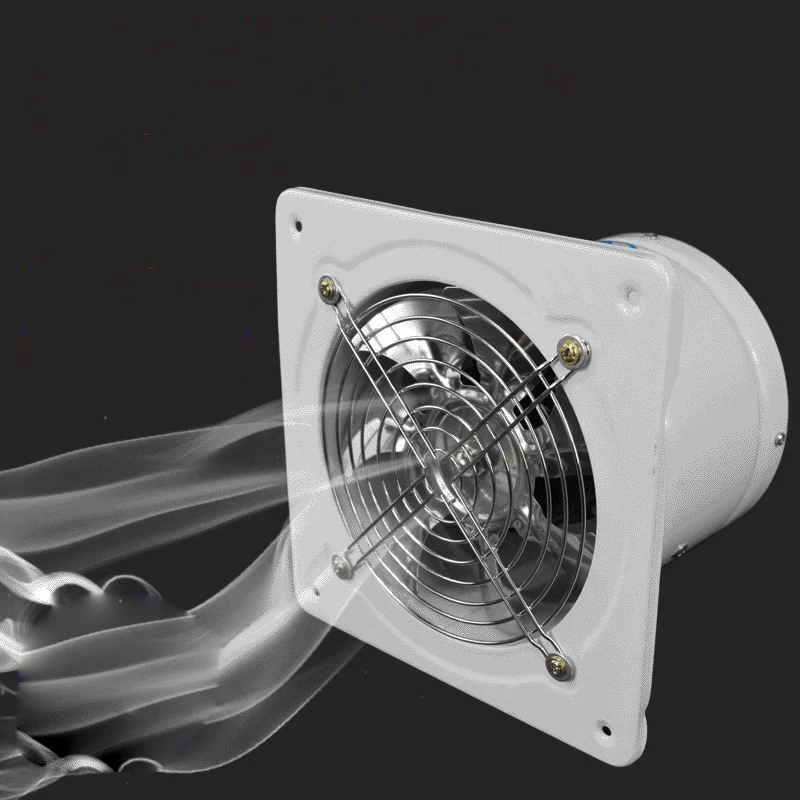
Installing Exhaust Fans: A Step-by-Step Guide
Installing an exhaust fan might seem daunting. However, with the right approach and tools, the process can be straightforward. Here, we will provide a detailed step-by-step guide to ensure a successful installation. This guide covers planning, basic tools, and safety precautions.
Step 1: Planning and Preparation
Before starting the installation, you must plan where the fan will be located. Consider the type of fan you have and the area it will ventilate. Measure the space to ensure the exhaust fan will fit appropriately. Next, check local building codes. These codes often specify installation regulations, especially concerning electrical work.
Step 2: Gathering Essential Tools
Once you have a plan, gather the essential tools needed for installation. You will typically need a screwdriver, drill, measuring tape, and possibly a saw, depending on your application. Additionally, you may require wire connectors and electrical tape for electrical connections. Make sure you have everything ready to minimize interruptions.
Step 3: Safety Precautions
Before proceeding with the installation, always prioritize safety. Disconnect any power to the area where you will work. Use a voltage tester to ensure the circuit is dead. Wear appropriate protective gear such as gloves and goggles. Following these safety precautions helps ensure a smooth and safe installation process.
Step 4: Installing the Fan
After preparing your space and ensuring safety, you can begin the installation. Cut an opening in the wall or ceiling based on your fan’s specifications. Install the fan per the manufacturer’s instructions. Make sure the fan is securely mounted and the ductwork is connected properly. Then, hook up the necessary electrical connections. Once everything is secure, restore the power and test the fan.
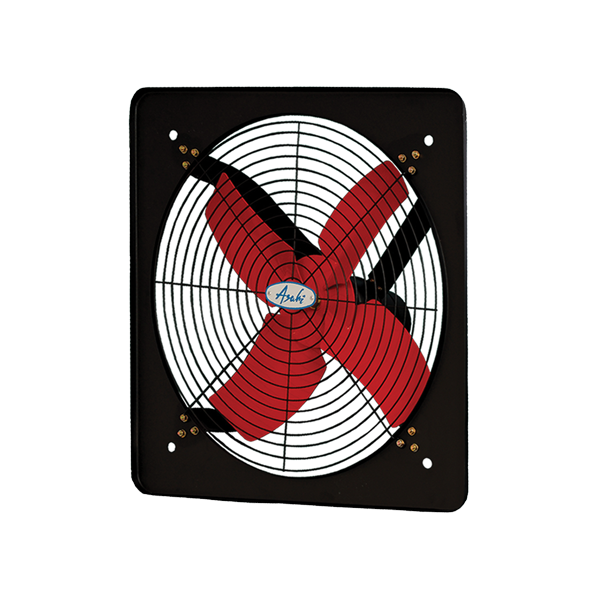
Maintenance Tips for Exhaust Fans
To ensure your exhaust fan operates efficiently, regular maintenance is crucial. Neglecting maintenance can lead to diminished performance. Here are some useful maintenance tips to keep your exhaust fan in excellent condition.
Regular Cleaning
Cleaning the exhaust fan is essential for optimal performance. Dust, grease, and debris can accumulate over time. Therefore, turning off power before cleaning is important. Detach the fan cover and wash it with warm, soapy water. You can use a soft brush for hard-to-reach areas. Regular cleaning helps maintain airflow and efficiency.
Checking for Blockages
Inspecting the ductwork is another important maintenance task. Blockages can severely reduce airflow and affect the fan’s performance. Frequently check the ducting for clogs or obstructions. If you notice any blockages, remove them immediately. This simple step can significantly enhance the efficiency of your exhaust fan.
Listening for Unusual Noises
Pay attention to any unusual noises while the exhaust fan operates. Strange sounds such as grinding or rattling can indicate a problem. If you hear these noises, turn off the fan immediately. Investigate further to determine the cause. It may involve tightening loose parts or replacing worn components. Addressing these issues promptly will extend the lifespan of your exhaust fan.

The Importance of Proper Ventilation
Proper ventilation is crucial for a healthy indoor environment. Exhaust fans contribute significantly to achieving this goal. They help remove pollutants and improve air quality. Understanding the importance of ventilation is vital for anyone concerned about indoor health.
Air Quality and Health
Poor indoor air quality can lead to various health issues. Common problems include respiratory illnesses, allergies, and fatigue. Proper ventilation helps mitigate these risks. By utilizing exhaust fans, you reduce the likelihood of pollutants accumulating indoors. This proactive measure significantly enhances the overall health of occupants.
Preventing Structural Damage
In addition to health impacts, proper ventilation also prevents structural damage. High moisture levels can result in mold growth. Mold and mildew can compromise the integrity of your home. Moreover, excessive humidity can lead to wood rot and foundation problems. By ensuring adequate ventilation, you protect your investment and prolong the lifespan of your property.
Conclusion
In conclusion, exhaust fans are invaluable appliances that contribute to indoor air quality, comfort, and health. They help regulate humidity, eliminate odors, and improve energy efficiency. With various types of exhaust fans available, it’s essential to choose the right one for your needs. Additionally, proper installation and maintenance are crucial for optimal performance. By following the steps outlined in this guide, you can ensure the longevity and effectiveness of your exhaust fan. Lastly, always keep in mind the importance of proper ventilation. A well-ventilated space is key to a healthy and comfortable living environment.
